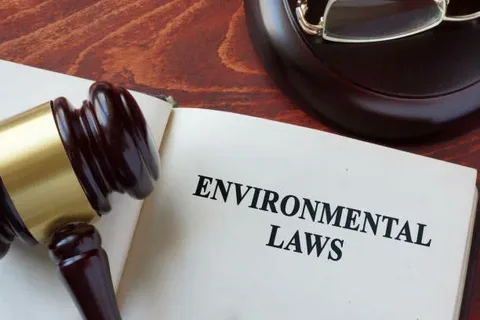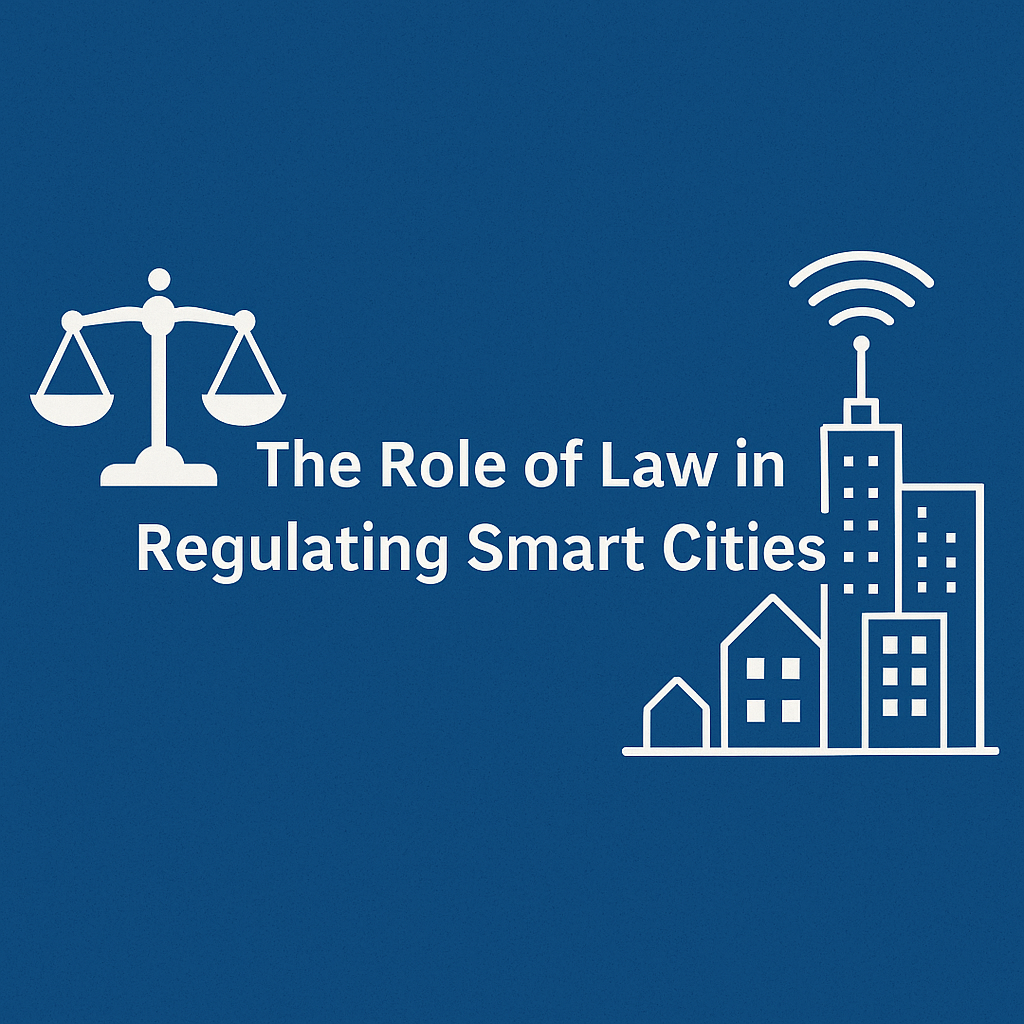The public now ranks environmental crimes alongside violent offenses in severity. Illegal toxic waste dumping stands as a more serious crime than heroin smuggling or armed robbery. This change in public opinion has triggered unprecedented enforcement actions. Criminal fines and penalties from environmental violations exceeding $352 million have resulted in more than 27 years of jail time.
Environmental crime enforcement has transformed dramatically. The median fines for corporate environmental crimes have doubled since 2014. This reflects tougher sentencing guidelines and aggressive prosecution of business executives. The Environmental Protection Agency now conducts expanded criminal investigations. Many corporations that once treated civil penalties as business expenses face serious criminal charges.
EPA Uncovers Decades of Toxic Waste Dumping
The EPA has found a troubling pattern of companies dodging environmental rules while polluting water, soil, and air throughout the United States. Their largest longitudinal study shows many major corporations knowingly dumped dangerous chemicals and skipped required treatment steps to save money, putting public health at risk.
How Investigators Traced the Pollution Trail
EPA investigators used multiple methods to track illegal toxic waste disposal. They conducted detailed site inspections, monitored water quality, and reviewed documents to link pollution sources to environmental damage. At a hazardous waste landfill in Nevada, they caught U.S. Ecology Nevada wrapping hazardous debris in materials that could break down easily. This created big risks of chemicals leaching into the environment. The company’s PCB storage building failed to stop rain from contaminating stored waste, and they didn’t properly solidify low-level PCBs.
Environmental monitoring in South Carolina revealed toxic levels of 1,4-dioxane—a chemical that causes cancer and organ damage—in Black Creek. The levels were nearly 70,000 times higher than what’s considered safe for drinking water. This threatened drinking water for about 300,000 people downstream, since regular treatment can’t remove this stubborn toxin.
All the same, one of the biggest investigations focused on Wal-Mart’s operations nationwide. Court documents show the retail giant ran without proper hazardous waste programs or staff training until January 2006. Their staff either threw hazardous materials into regular trash bins, poured them into local sewers, or shipped them to return centers without required safety paperwork.
The EPA also found that Tyson Foods dumped approximately 371 million pounds of pollutants into U.S. waterways between 2018 and 2022. These toxins included nitrogen, phosphorous, chloride, oil, and cyanide, affecting 17 states. Nebraska, Illinois, and Missouri took the biggest hit.
What Environmental Laws Were Violated
The EPA’s work exposed violations of several federal environmental laws:
Resource Conservation and Recovery Act (RCRA) – Companies like Dow Chemical broke this law by ignoring health-based limits on hazardous waste burning. Common RCRA violations included illegal waste disposal, poor storage practices, and permit violations.
Clean Water Act – Companies of all sizes released pollutants into U.S. waters without permits or exceeded their limits. Tyson Foods caused one of the worst cases when their leaking tank of liquid food supplement killed 108,000 fish. The leak contaminated sewers and a municipal wastewater plant, leading to a $2 million criminal fine.
Toxic Substances Control Act (TSCA) – U.S. Ecology Nevada paid $185,429 for breaking TSCA and RCRA rules. They stored PCBs incorrectly, failed to mark storage areas, and ignored disposal requirements.
Federal Insecticide, Fungicide and Rodenticide Act (FIFRA) – Wal-Mart admitted guilt for mishandling returned pesticides across their stores.
Many companies tried hiding their rule-breaking to avoid waste management costs. Some openly defied regulations, betting that fines would cost less than following the rules. Others hid violations by faking lab data, dumping waste in remote spots, or bypassing treatment systems.
The EPA handles civil violations from accidents differently than criminal ones where companies knowingly break the law. Corporate wrongdoers now face tough penalties. The EPA wrapped up 1,851 civil cases and collected $1.7 billion in penalties in 2024 alone.
Justice Department Prosecutes Largest Environmental Case in History
The Department of Justice has launched its biggest legal campaign yet against companies that break environmental laws. The DOJ now treats pollution crimes as seriously as major financial fraud. Its Environmental Crimes Section (ECS) builds criminal cases that target both companies and the executives who approved illegal activities.
Why Prosecutors Pursued Criminal Charges
Federal prosecutors chose criminal charges over civil penalties for good reasons. Companies made substantial profits by breaking environmental laws while avoiding compliance costs. Assistant Attorney General Todd Kim made this clear in a recent case: “willful tampering with required pollution control equipment and falsifying official ship logs to conceal illegal discharges are serious criminal offenses”.
Prosecutors wanted to stop businesses that ignored environmental laws from getting unfair advantages over companies that followed the rules. The Justice Department believes prison time is “the one cost that a company manager or executive cannot pass on to customers and represents the ultimate deterrent”.
How the Case Is Different from Previous Environmental Lawsuits
This landmark prosecution stands out from typical environmental enforcement actions that use civil litigation and administrative penalties. The DOJ “strategically increasing criminal enforcement work” marks a new direction. Environmental violations used to be handled through compliance measures—companies paid fines and signed consent decrees.
The prosecution now targets decision-makers directly, instead of just going after companies. This change follows the Yates Memorandum, which tells prosecutors to pursue both companies and the people responsible for violations.
Prosecutors called this “the largest environmental crime in terms of scope and organization”. Damage claims went beyond $19 million, mostly from cities that had to remove mountains of illegally dumped waste.
What Evidence Secured the Conviction
Multiple agencies worked together to build a strong case. The Environmental Crimes Section partnered with criminal investigators from the Environmental Protection Agency, Federal Bureau of Investigation, and Fish and Wildlife Service. This teamwork helped gather evidence across all ninety-four federal judicial districts.
The evidence included:
- Documented pollution events (discharges into water, emissions into air, waste dumping on land)
- Proof of criminal intent, which showed defendants acted “knowingly”
- Falsified records, including logs, certificates, and regulatory documents
- Direct testimonial evidence from employees and witnesses
- Environmental sampling and laboratory testing results
One case showed how investigators traced oil drops to find disabled pressure relief valves on fuel oil heaters. These safety devices prevent explosions, but their failure wasn’t reported to authorities. Court documents stated these conditions “could have been catastrophic and resulted in a loss of propulsion, loss of life, and pollution”.
Evidence quality plays a crucial role in environmental crime prosecutions. ECS attorneys present their findings to grand juries for indictment. They handle these cases like white-collar crimes but face extra challenges with environmental laws.
Judge Imposes Record-Breaking $50M Fine
A federal judge made history by imposing a record-breaking $50 million fine against the corporation in a landmark prosecution case. This penalty matches the largest environmental fine ever recorded for certain types of cases. The sentence shows a dramatic shift in how courts handle environmental crimes and marks a new era in corporate accountability.
How the Fine Compares to Previous Environmental Penalties
The $50 million penalty ranks among the highest environmental fines in U.S. history. Volkswagen AG paid a $2.8 billion criminal penalty in 2017 because it cheated emissions tests on 590,000 diesel vehicles. The Department of Justice hit BP with a $20.8 billion fine in 2015, which was the largest environmental fine at that time.
Anadarko and Kerr McGee settled for $5.15 billion in January 2015, which people called the largest environmental fine in U.S. history back then. Marathon Oil Company had to pay $64.5 million for violating the Clean Air Act at its Fort Berthold Indian Reservation operations. This became the largest civil penalty for Clean Air Act violations at stationary sources.
Courts didn’t stop at monetary penalties. Defendants spent a combined 153 years in prison during 2017 alone. The Volkswagen case sent engineer James Liang to prison for 40 months, while executive Oliver Schmidt received an 84-month sentence.
What Factors Influenced the Sentencing Decision
The judge based the maximum penalty decision on several key elements:
Willful and Knowing Violations: The court found that the corporation knowingly broke environmental regulations. Criminal penalties apply only to violations that were “willful or knowingly committed”.
Extent of Environmental Damage: The harm to ecosystems and public health substantially shaped the sentencing. Court documents show the judge called these violations “enormous”.
Prior Behavior and Criminal History: The judge labeled the company a “serial offender.” Its pattern showed “systemic or repeated participation in criminal behavior”.
Cooperation Level: The judge looked at whether the company voluntarily shared information, worked with authorities, or created effective compliance programs.
Federal guidelines help judges ensure penalties match “the nature and effect of the crime”. Judges also check if companies create real environmental compliance programs or just see penalties as business expenses.
The settlement combines punitive measures with complete environmental cleanup requirements to fix long-term damage.
Executives Face Personal Criminal Liability
Corporate executives now face personal criminal charges beyond company fines for environmental violations. Todd Kim, Assistant Attorney General for the Environment and Natural Resources Division, made it clear: “Only individuals can go to jail, and criminal corporate accountability starts with accountability for individuals responsible for criminal conduct”.
Which Corporate Officers Received Prison Sentences
Courts have given lengthy prison terms to corporate officers who committed environmental violations:
- Charles Matlock, vice president and general manager of Pacific States Pipe Company, went to prison for Clean Air Act violations after he falsified stack emissions tests
- Total Reclaim’s two CEOs, once leaders of the Northwest’s largest electronic recycler, got 28 months in prison because they illegally exported hazardous LCD devices to Hong Kong
- Lawrence Aviation Industries saw two of its executives sentenced after they pleaded guilty to violating the Resource Conservation and Recovery Act. The CEO spent one year in prison and paid fines over $100,000
- United States v. Harwell ended with the company president serving three years and paying $20,000, while a vice president got 18 months and a $10,000 fine
How Courts Determine Individual Responsibility
Courts use the “responsible corporate officer doctrine” to figure out liability. This doctrine lets juries determine guilt based on an officer’s position, responsibility, and authority. Two main tests have emerged from this practice:
The “actual control” test needs proof that officers directly controlled hazardous substances and took part in violations. The “authority to control” test looks at whether officers could have prevented violations. Courts want to know if corporate individuals “could have prevented or by a lot abated the hazardous waste discharge”.
Why Prosecutors Target Decision-Makers
Personal accountability creates strong deterrence, which is why prosecutors go after individual executives. Company penalties affect shareholders and customers, but jail time remains “the one cost that a company manager or executive cannot pass on to customers”.
The EPA’s numbers tell an interesting story. 89% of its environmental criminal cases in 2020 focused on individual defendants, with a 94% conviction rate. This shows a fundamental change in how these crimes are handled – environmental violations are serious criminal offenses that carry personal consequences.
The Department of Justice believes this approach “creates a level playing field for law-abiding businesses and protects public health and the environment through appropriate deterrence”.
Communities Devastated by Environmental Damage Seek Justice
Marginalized communities suffer the worst effects of environmental crimes. These communities face serious health issues that continue long after authorities fine the polluters. The damage goes way beyond environmental impact and creates public health emergencies that destroy vulnerable populations.
Where Pollution Created Public Health Crises
Race plays a bigger role than economic status in determining who suffers from environmental contamination. Black Americans are 75% more likely to live near facilities that produce waste compared to the average American. The situation becomes more alarming as 21 million people live within one mile of a Superfund site. These sites expose people to harmful chemicals like lead, arsenic, and mercury.
The health impact on communities near toxic waste sites is devastating. A survey of Houston neighborhoods revealed that 43% of households reported cancer diagnoses. This number stands in stark contrast to the city’s average cancer rate of just 6.1%. Residents often struggle with:
- Developmental disabilities and birth defects
- Respiratory diseases and asthma
- Cardiovascular problems
- Neurological conditions
Children run higher risks because they take in more air, food, and water per unit of body weight. Research shows that living near toxic waste sites cuts life expectancy by 1.2 years on average.
How Victims Will Receive Compensation
Pollution victims have struggled to get compensation throughout history. New legal provisions now adapt the burden of proof between people making claims and alleged polluters. These changes mean victims no longer need to prove that pollution directly caused their health problems—a task that proved impossible in most cases.
The compensation system now requires people to show only:
- Documentation of health conditions
- Violation of environmental laws
- Reasonable evidence supporting a causal link
Once victims provide these elements, defendants must disprove the connection.
What Long-term Environmental Remediation Will Occur
Complete environmental remediation efforts continue at contaminated sites. The Comprehensive Environmental Response, Compensation, and Liability Act (CERCLA) lets authorities clean up inactive hazardous waste sites. The remediation process starts with initial assessments and detailed investigations to measure contamination levels.
The cleanup process uses community monitoring stations, groundwater treatment systems, and soil decontamination. Climate change makes these risks worse—945 Superfund sites could release more contaminants during severe weather events.
Recent legal settlements require community service beyond financial penalties. Courts have ordered companies to pay $2.5 million to research centers, $1 million to wildlife funds, and $500,000 to Arctic research consortiums. These funds support environmental protection efforts.
Conclusion
The record-breaking $50M environmental fine shows a fundamental change in how companies are held responsible for environmental crimes. Federal agencies now treat these violations as serious criminal offenses, not just regulatory issues. The EPA’s detailed investigations and the Department of Justice’s strong prosecution approach have created strong deterrents against corporate environmental wrongdoing.
Prosecutors achieved better results by targeting both individual executives and their companies. Prison sentences for corporate officers make it clear – environmental crimes have personal consequences that executives cannot pass on to shareholders or customers.
Communities near contaminated sites suffer devastating effects that show why strict enforcement matters. Corporate environmental violations cause severe health problems for marginalized populations. A resilient prosecution system protects public health. These enforcement actions punish wrongdoers and fund vital environmental cleanup efforts.
This case creates a new standard for environmental law enforcement. Neither corporations nor their executives can avoid responsibility for environmental crimes. Companies must now make environmental compliance their priority or face severe penalties – huge fines and possible jail time for responsible individuals.







